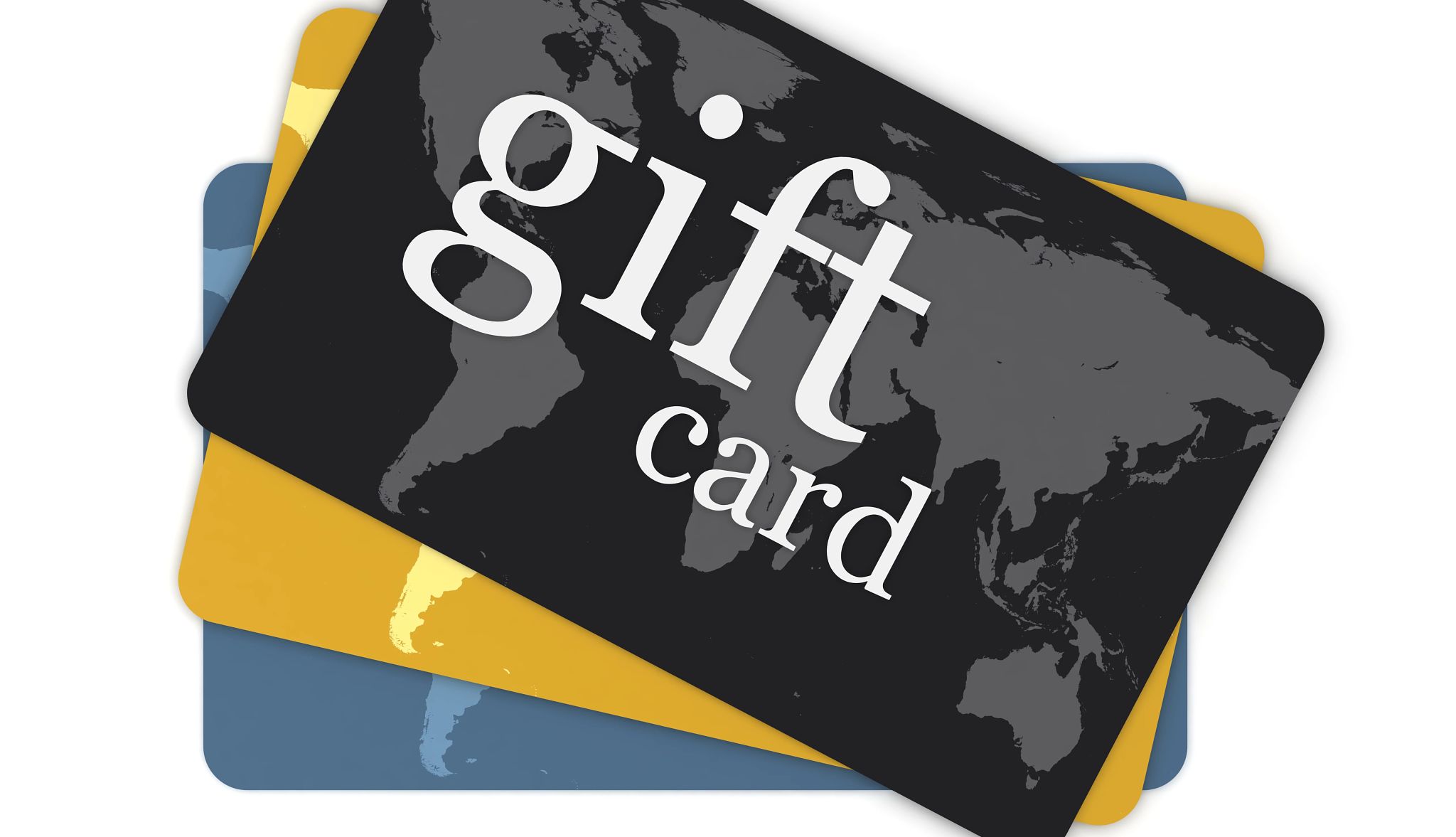
- Select a language for the TTS:
- UK English Female
- UK English Male
- US English Female
- US English Male
- Australian Female
- Australian Male
- Language selected: (auto detect) - EN
Play all audios:
ABSTRACT For life to emerge, the confinement of catalytic reactions within protocellular environments has been proposed to be a decisive aspect to regulate chemical activity in space1.
Today, cells and organisms adapt to signals2,3,4,5,6 by processing them through reaction networks that ultimately provide downstream functional responses and structural morphogenesis7,8.
Re-enacting such signal processing in de novo-designed protocells is a profound challenge, but of high importance for understanding the design of adaptive systems with life-like traits. We
report on engineered all-DNA protocells9 harbouring an artificial metalloenzyme10 whose olefin metathesis activity leads to downstream morphogenetic protocellular responses with varying
levels of complexity. The artificial metalloenzyme catalyses the uncaging of a pro-fluorescent signal molecule that generates a self-reporting fluorescent metabolite designed to weaken DNA
duplex interactions. This leads to pronounced growth, intraparticular functional adaptation in the presence of a fluorescent DNA mechanosensor11 or interparticle protocell fusion. Such
processes mimic chemically transduced processes found in cell adaptation and cell-to-cell adhesion. Our concept showcases new opportunities to study life-like behaviour via abiotic
bioorthogonal chemical and mechanical transformations in synthetic protocells. Furthermore, it reveals a strategy for inducing complex behaviour in adaptive and communicating soft-matter
microsystems, and it illustrates how dynamic properties can be upregulated and sustained in micro-compartmentalized media. Access through your institution Buy or subscribe This is a preview
of subscription content, access via your institution ACCESS OPTIONS Access through your institution Access Nature and 54 other Nature Portfolio journals Get Nature+, our best-value
online-access subscription $29.99 / 30 days cancel any time Learn more Subscribe to this journal Receive 12 print issues and online access $259.00 per year only $21.58 per issue Learn more
Buy this article * Purchase on SpringerLink * Instant access to full article PDF Buy now Prices may be subject to local taxes which are calculated during checkout ADDITIONAL ACCESS OPTIONS:
* Log in * Learn about institutional subscriptions * Read our FAQs * Contact customer support SIMILAR CONTENT BEING VIEWED BY OTHERS SIGNAL-PROCESSING AND ADAPTIVE PROTOTISSUE FORMATION IN
METABOLIC DNA PROTOCELLS Article Open access 08 July 2022 DNA-EMPOWERED SYNTHETIC CELLS AS MINIMALISTIC LIFE FORMS Article 15 May 2024 MORPHOLOGY REMODELLING AND MEMBRANE CHANNEL FORMATION
IN SYNTHETIC CELLS VIA RECONFIGURABLE DNA NANORAFTS Article Open access 13 January 2025 DATA AVAILABILITY Data for the catalysis experiments are available online. Any other data can be made
available upon reasonable request to the corresponding authors. Source data are provided with this paper. REFERENCES * Oparin, A. I. _Origin of Life_ (Dover, 1953). * Brangwynne, C. P. et
al. Germline P granules are liquid droplets that localize by controlled dissolution/condensation. _Science_ 324, 1729–1732 (2009). Article CAS Google Scholar * Pawson, T. Specificity in
signal transduction: from phosphotyrosine-SH2 domain interactions to complex cellular systems. _Cell_ 116, 191–203 (2004). Article CAS Google Scholar * Pawson, T. & Nash, P. Assembly
of cell regulatory systems through protein interaction domains. _Science_ 300, 445–452 (2003). Article CAS Google Scholar * You, L., Cox, R. S., Weiss, R. & Arnold, F. H. Programmed
population control by cell–cell communication and regulated killing. _Nature_ 428, 868–871 (2004). Article CAS Google Scholar * Bacchus, W. et al. Synthetic two-way communication between
mammalian cells. _Nat. Biotechnol._ 30, 991–996 (2012). Article CAS Google Scholar * Na, S. et al. Rapid signal transduction in living cells is a unique feature of mechanotransduction.
_Proc. Natl. Acad. Sci. USA_ 105, 6626–6631 (2008). Article CAS Google Scholar * Trepat, X. et al. Universal physical responses to stretch in the living cell. _Nature_ 447, 592–595
(2007). Article CAS Google Scholar * Merindol, R., Loescher, S., Samanta, A. & Walther, A. Pathway-controlled formation of mesostructured all-DNA colloids and superstructures. _Nat.
Nanotechnol._ 13, 730–738 (2018). Article CAS Google Scholar * Jeschek, M. et al. Directed evolution of artificial metalloenzymes for in vivo metathesis. _Nature_ 537, 661–665 (2016).
Article CAS Google Scholar * Merindol, R., Delechiave, G., Heinen, L., Catalani, L. H. & Walther, A. Modular design of programmable mechanofluorescent DNA hydrogels. _Nat. Commun._
10, 528 (2019). Article CAS Google Scholar * Martin, N. Dynamic synthetic cells based on liquid–liquid phase separation. _ChemBioChem_ 20, 2553–2568 (2019). Article CAS Google Scholar
* Sokolova, E. et al. Enhanced transcription rates in membrane-free protocells formed by coacervation of cell lysate. _Proc. Natl. Acad. Sci. USA_ 110, 11692–11697 (2013). Article CAS
Google Scholar * Zwicker, D., Seyboldt, R., Weber, C. A., Hyman, A. A. & Jülicher, F. Growth and division of active droplets provides a model for protocells. _Nat. Phys._ 13, 408–413
(2017). Article CAS Google Scholar * Changeux, J.-P. & Christopoulos, A. Allosteric modulation as a unifying mechanism for receptor function and regulation. _Cell_ 166, 1084–1102
(2016). Article CAS Google Scholar * Strulson, C. A., Molden, R. C., Keating, C. D. & Bevilacqua, P. C. RNA catalysis through compartmentalization. _Nat. Chem._ 4, 941–946 (2012).
Article CAS Google Scholar * Booth, R., Qiao, Y., Li, M. & Mann, S. Spatial positioning and chemical coupling in coacervate-in-proteinosome protocells. _Angew. Chem. Int. Ed._ 58,
9120–9124 (2019). Article CAS Google Scholar * Mansy, S. S. et al. Template-directed synthesis of a genetic polymer in a model protocell. _Nature_ 454, 122–125 (2008). Article CAS
Google Scholar * Adamala, K. & Szostak, J. W. Nonenzymatic template-directed RNA synthesis inside model protocells. _Science_ 342, 1098–1100 (2013). Article CAS Google Scholar *
Adamala, K. & Szostak, J. W. Competition between model protocells driven by an encapsulated catalyst. _Nat. Chem._ 5, 495–501 (2013). Article CAS Google Scholar * Langton, M. J.,
Scriven, L. M., Williams, N. H. & Hunter, C. A. Triggered release from lipid bilayer vesicles by an artificial transmembrane signal transduction system. _J. Am. Chem. Soc._ 139,
15768–15773 (2017). Article CAS Google Scholar * Fulton, A. B. How crowded is the cytoplasm? _Cell_ 30, 345–347 (1982). Article CAS Google Scholar * Gobbo, P. et al. Programmed
assembly of synthetic protocells into thermoresponsive prototissues. _Nat. Mater._ 17, 1145–1153 (2018). Article CAS Google Scholar * Joesaar, A. et al. DNA-based communication in
populations of synthetic protocells. _Nat. Nanotechnol._ 14, 369–378 (2019). Article CAS Google Scholar * Wilson, M. E. & Whitesides, G. M. Conversion of a protein to a homogeneous
asymmetric hydrogenation catalyst by site-specific modification with a diphosphinerhodium(I) moiety. _J. Am. Chem. Soc._ 100, 306–307 (1978). Article CAS Google Scholar * Schwizer, F. et
al. Artificial metalloenzymes: reaction scope and optimization strategies. _Chem. Rev._ 118, 142–231 (2018). Article CAS Google Scholar * Okamoto, Y. et al. A cell-penetrating artificial
metalloenzyme regulates a gene switch in a designer mammalian cell. _Nat. Commun._ 9, 1943 (2018). Article Google Scholar * Fan, X. et al. Optimized tetrazine derivatives for rapid
bioorthogonal decaging in living cells. _Angew. Chem. Int. Ed._ 55, 14046–14050 (2016). Article CAS Google Scholar * Sabatino, V., Rebelein, J. G. & Ward, T. R. “Close-to-release”:
spontaneous bioorthogonal uncaging resulting from ring-closing metathesis. _J. Am. Chem. Soc._ 141, 17048–17052 (2019). Article CAS Google Scholar * Wilner, O. I. et al. Enzyme cascades
activated on topologically programmed DNA scaffolds. _Nat. Nanotechnol._ 4, 249–254 (2009). Article CAS Google Scholar * Ou, C.-N., Tsai, C.-H., Tapley, K. J. & Song, P.-S.
Photobinding of 8-methoxypsoralen and 5,7-dimethoxycoumarin to DNA and its effect on template activity. _Biochemistry_ 17, 1047–1053 (1978). Article CAS Google Scholar * Banks, T. M.,
Clay, S. F., Glover, S. A. & Schumacher, R. R. Mutagenicity of _N_-acyloxy-_N_-alkoxyamides as an indicator of DNA intercalation part 1: evidence for naphthalene as a DNA intercalator.
_Org. Biomol. Chem._ 14, 3699–3714 (2016). Article CAS Google Scholar * Ellis, R. J. Macromolecular crowding: obvious but underappreciated. _Trends Biochem. Sci._ 26, 597–604 (2001).
Article CAS Google Scholar Download references ACKNOWLEDGEMENTS We acknowledge the support by the European Research Council starting grant to A.W. (TimeProSAMat (agreement 677960)) and
advanced grant to T.R.W. (DrEAM, agreement 694424), the DFG Cluster of Excellence livMatS “Living, Adaptive and Energy-Autonomous Materials Systems” and the NCCR Molecular Systems
Engineering. A.S. acknowledges the support by the Alexander von Humboldt Foundation. AUTHOR INFORMATION AUTHORS AND AFFILIATIONS * A3BMS Lab, Institute for Macromolecular Chemistry,
University of Freiburg, Freiburg, Germany Avik Samanta & Andreas Walther * DFG Cluster of Excellence “Living, Adaptive and Energy-Autonomous Materials Systems” (livMatS)@FIT, Freiburg,
Germany Avik Samanta & Andreas Walther * Freiburg Materials Research Center, University of Freiburg, Freiburg, Germany Avik Samanta & Andreas Walther * Freiburg Center for
Interactive Materials and Bioinspired Technologies (FIT), University of Freiburg, Freiburg, Germany Avik Samanta & Andreas Walther * Department of Chemistry, University of Basel, Basel,
Switzerland Valerio Sabatino & Thomas R. Ward Authors * Avik Samanta View author publications You can also search for this author inPubMed Google Scholar * Valerio Sabatino View author
publications You can also search for this author inPubMed Google Scholar * Thomas R. Ward View author publications You can also search for this author inPubMed Google Scholar * Andreas
Walther View author publications You can also search for this author inPubMed Google Scholar CONTRIBUTIONS A.S. and A.W. conceived the project. A.S., V.S., A.W. and T.R.W. designed and
performed all the experiments. A.S. analysed the data and prepared the preliminary draft. A.W. and T.R.W supervised the project. All the authors contributed to writing the manuscript.
CORRESPONDING AUTHORS Correspondence to Thomas R. Ward or Andreas Walther. ETHICS DECLARATIONS COMPETING INTERESTS The authors declare no competing interests. ADDITIONAL INFORMATION PEER
REVIEW INFORMATION _Nature Nanotechnology_ thanks Tom de Greef and the other, anonymous, reviewer(s) for their contribution to the peer review of this work. PUBLISHER’S NOTE Springer Nature
remains neutral with regard to jurisdictional claims in published maps and institutional affiliations. SUPPLEMENTARY INFORMATION SUPPLEMENTARY INFORMATION Supplementary Figs. 1–11, Tables 1
and 2, Notes 1 and 2 and refs 1–4. SUPPLEMENTARY VIDEO 1 Fluorescence recovery after successive photobleaching in the case of pristine PCs. SUPPLEMENTARY VIDEO 2 Fluorescence recovery after
photobleaching in the case of streptavidin-loaded protocells. SOURCE DATA SOURCE DATA FIG. 3 Metathesis kinetics, mutant screenings and crowding. RIGHTS AND PERMISSIONS Reprints and
permissions ABOUT THIS ARTICLE CITE THIS ARTICLE Samanta, A., Sabatino, V., Ward, T.R. _et al._ Functional and morphological adaptation in DNA protocells via signal processing prompted by
artificial metalloenzymes. _Nat. Nanotechnol._ 15, 914–921 (2020). https://doi.org/10.1038/s41565-020-0761-y Download citation * Received: 21 March 2020 * Accepted: 03 August 2020 *
Published: 07 September 2020 * Issue Date: November 2020 * DOI: https://doi.org/10.1038/s41565-020-0761-y SHARE THIS ARTICLE Anyone you share the following link with will be able to read
this content: Get shareable link Sorry, a shareable link is not currently available for this article. Copy to clipboard Provided by the Springer Nature SharedIt content-sharing initiative






